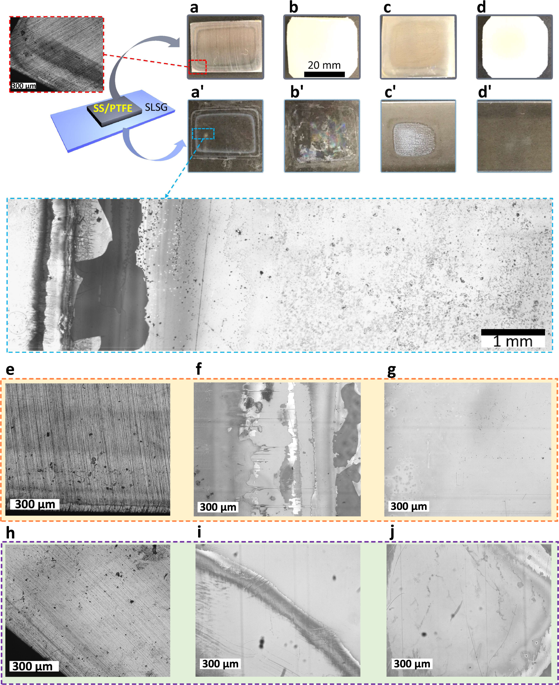npj Materials Degradation ( IF 6.6 ) Pub Date : 2020-04-03 , DOI: 10.1038/s41529-020-0114-1 Xiaolei Guo , Stephane Gin , Hongshen Liu , Dien Ngo , Jiawei Luo , Seong H. Kim , Chandi Mohanty , John D. Vienna , Joseph V. Ryan , Gerald S. Frankel

|
This study explores the corrosion interactions between model nuclear waste glass materials and corrosion resistant alloys, under accelerated conditions that simulate the near field of a nuclear waste repository. The interactions between the corrosion of stainless steel (SS) 316, alloy G30, or alloy 625, and international simple glass or soda-lime silica glass are systematically studied. The dissimilar materials were exposed in close proximity to each other in different electrolytes at 90 °C. After exposure, the glass surface exposed near metals showed different regimes of corrosion, with distinct surface morphologies and chemistries that were likely affected by the local environment created by the localized corrosion of metals. Surface and solution analyses showed that the corrosion rate of glass was enhanced by the presence of metals. Infrared spectroscopy data suggested the local build-up of stresses in the contact area of glass, which may lead to the mechanical instability of the glass alteration layer. On the other hand, the effect of glass on metal corrosion is strongly dependent on the leaching solution. In electrolytes containing abundant aggressive anions such as Cl−, glass seems to suppress the localized corrosion of SS by the precipitation of a Si-rich surface film that protects the SS substrate from solutions. However, in less aggressive electrolytes, the corrosion rate of SS was increased by the presence of glass corrosion products. Overall, our study showed that the hidden and localized damage on glass in contact with metals may enhance the release rate of glass components compared to typical uniform glass corrosion.
中文翻译:

玻璃和耐腐蚀合金之间的近场腐蚀相互作用
这项研究探索了模拟核废料储存库近场的加速条件下模型核废玻璃材料与耐腐蚀合金之间的腐蚀相互作用。系统地研究了不锈钢(SS)316,G30合金或625合金与国际简单玻璃或钠钙硅玻璃的腐蚀之间的相互作用。异种材料在90°C的不同电解质中彼此紧邻暴露。暴露后,暴露在金属附近的玻璃表面表现出不同的腐蚀方式,其独特的表面形态和化学性质可能受金属局部腐蚀所产生的局部环境的影响。表面和溶液分析表明,金属的存在提高了玻璃的腐蚀速率。红外光谱数据表明,在玻璃接触区域内会局部形成应力,这可能导致玻璃蚀变层的机械不稳定性。另一方面,玻璃对金属腐蚀的影响在很大程度上取决于浸出液。在含有大量侵蚀性阴离子(例如Cl)的电解质中-,玻璃似乎通过沉淀富含SS的表面膜来抑制SS的局部腐蚀,从而保护SS基板免受溶液侵蚀。但是,在侵蚀性较小的电解液中,玻璃腐蚀产物的存在会提高SS的腐蚀速率。总体而言,我们的研究表明,与典型的均匀玻璃腐蚀相比,与金属接触的玻璃的隐蔽和局部损坏可能会提高玻璃组件的释放速率。











































 京公网安备 11010802027423号
京公网安备 11010802027423号